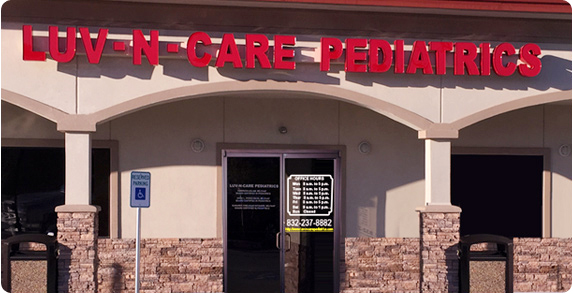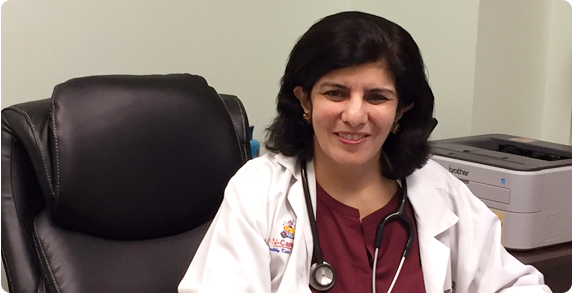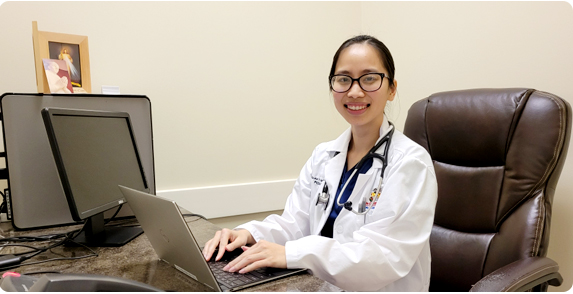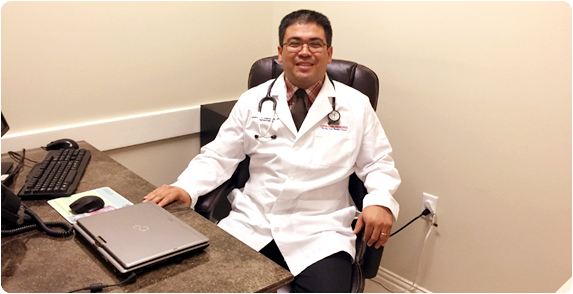| What is bedwetting?
Bedwetting, also called nocturnal enuresis, is the involuntary passage of urine (urinary incontinence) while asleep. Inherent in the definition of bedwetting is satisfactory bladder control while the person is awake.
Are there types of bedwetting?
Two types of bedwetting occur:
- Primary enuresis -- bedwetting since infancy; and
- Secondary enuresis -- wetting developed after being continually dry for a minimum of six months.
What is primary bedwetting?
Primary bedwetting is generally viewed as a delay in maturation of the nervous system. At 5 years of age, approximately 20% of children wet the bed at least once a month with about 5% of males and 1% of females wetting nightly. By 6 years of age, only about 10% of children are bedwetters -- the large majority being boys. The percentage of all children who are bedwetters continues to diminish by 50% each year after 5 years of age. Family history plays a big roll in predicting primary bedwetting. If one parent was a bedwetter, the offspring have a 45% chance of a developing primary enuresis as well.
What is the basic problem in primary bedwetting?
The fundamental problem faced by children with primary bedwetting rests in the inability while asleep to recognize neurologic messages sent by the full bladder to the sleep arousal centers of the brain. In addition, bladder capacity is often smaller in bedwetting children than in their peers.
Is primary bedwetting due to emotional problems?
Parents sometimes believe that their child's primary bedwetting is emotional. No medical or scientific literature exists to support this impression.
How is primary bedwetting treated?
The "cure" for primary bedwetting is "tincture (or passage) of time." However, since many parents and children are appropriately frustrated with bedwetting as it starts to interfere with self-esteem or social events (for example, sleepovers), a step-by-step approach can be anticipated to have a successful outcome in over 75% of such patients. You should always discuss treatment options with your child's physician, since it is important to differentiate between primary and secondary enuresis prior to starting treatments.
It is also important to remember that different children develop differently and that primary enuresis can be a normal developmental stage. Toilet training a child requires patience. Most children are fully toilet trained by 3-4 years of age. Many will not stay dry overnight, even though they can during the day. Reassurance and encouragement often will work in time, but for some children, there are steps that can be taken to address the issues.
Some common recommended management and treatment options include the following:
- Encourage voiding prior to bedtime, and restrict fluid intake before bed.
- Cover the mattress with plastic.
- Bedwetting alarms: This is generally reserved for older school-age children. There are commercial alarms that are available at most pharmacies. When the device senses urine, it alarms and wakes up the child so he/she can use the toilet. The cure rate is variable.
- Bladder-stretching exercises are aimed at increasing the bladder volume and increasing the periods between daytime urinations.
- Medications such as DDAVP (desmopressin acetate) and Tofrinil (imipramine) and have been shown to be very effective and are used to temporarily treat the nighttime urination but do not "cure" the enuresis. Many pediatricians will prescribe one of these medications especially if the child is engaged in behavioral conditioning concurrently. Medications are very helpful when a child is not sleeping at home (camp or sleepovers), since the associated trauma of bedwetting in those settings is unavoidable.
|
How common is secondary bedwetting?
Only approximately 2%-3% of all children with bedwetting have a medical cause for the condition.
What causes secondary bedwetting?
Urinary tract infections, metabolic disorders (for example, various types of diabetes), external pressure on the bladder (for example, extreme constipation by a large rectal stool mass), as well as neurologic disorders of the spinal cord must be considered among the causes of secondary bedwetting.
How is the cause of secondary bedwetting diagnosed?
Generally, a complete history and thorough physical exam provide the initial evaluation of a child with primary bedwetting. A urinalysis and urine culture generally complete the workup. Further laboratory and radiological studies are usually reserved for the youngster who presents with secondary bedwetting.
What is the treatment for secondary bedwetting?
Therapy of secondary bedwetting is directed at the primary pathology provoking the symptom of wetting the bed. As expected, cure rates vary with the primary cause of the loss of control.
What is the outlook (prognosis) for children with bedwetting?
In the medical world of today, both primary and secondary bedwetting should be a manageable condition with a reasonable goal of successfully eliminating both parental and patient anxiety, frustration, and embarrassment.
Resources for parents Bedwetting At A Glance
- Bedwetting is also called nocturnal enuresis.
- There are two types of bedwetting: primary and secondary.
- Primary bedwetting is bedwetting since infancy.
- Primary bedwetting is due to a delay in the maturing of the nervous system.
- Primary bedwetting is an inability to recognize messages sent by the bladder to the sleeping brain.
- The "cure" for primary bedwetting is "tincture (or passage) of time."
- There are a number of interventions including medical and behavioral options.
- Secondary bedwetting is wetting after being dry for at least six months.
- Secondary bedwetting is due to urine infections, diabetes, and other medical conditions.
- All bedwetting is manageable.
- Always speak to your child's physician for guidance.
|









